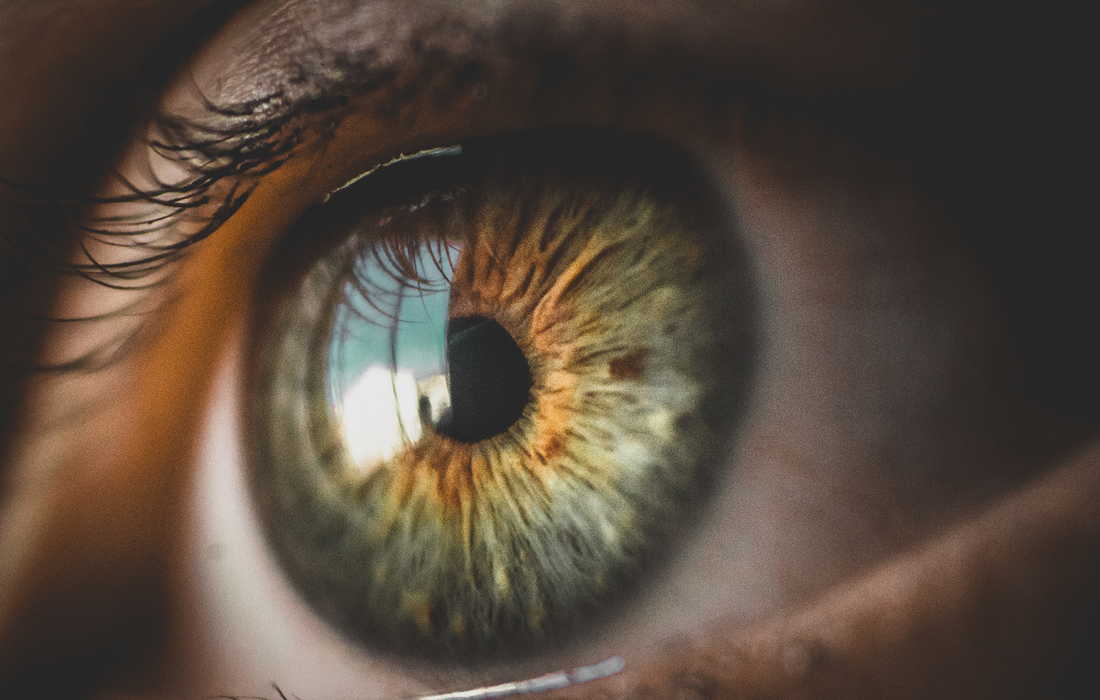Stem Cell Therapy for Specific Conditions
Cell Therapy Repairs Cornea Damage in Humans
A team led by researchers from Mass Eye and Ear, a member of Mass General Brigham, reports the results of a phase I trial of a revolutionary stem cell treatment called cultivated autologous limbal epithelial cell transplantation (CALEC), which was found to be safe and well-tolerated over the short term in four patients with significant chemical burns in one eye.
According to the study published August 18 in Science Advances, the patients who were followed for 12 months experienced restored cornea surfaces — two were able to undergo a corneal transplant and two reported significant improvements in vision without additional treatment.
While the phase I study was designed to determine preliminary safety and feasibility before advancing to a second phase of the trial, the researchers consider the early findings promising.
In CALEC, stem cells from a patient’s healthy eye are removed via a small biopsy and then expanded and grown on a graft. After two to three weeks, the CALEC graft is sent back to Mass Eye and Ear and transplanted into the eye with corneal damage.
The clinical trial represents the first human study of a stem cell therapy to be funded by the National Eye Institute (NEI), a part of the National Institutes of Health (NIH).
People who experience chemical burns and other eye injuries may develop limbal stem cell deficiency, an irreversible loss of cells on the tissue surrounding the cornea. These patients experience permanent vision loss, pain and discomfort in the affected eye.
Without limbal cells and a healthy eye surface, patients are unable to undergo artificial cornea transplants, the current standard of vision rehabilitation.
Studies like this show the promise of cell therapy for treating incurable conditions.
In the phase I study, five patients with chemical burns to one eye were enrolled and biopsied. Four received CALEC; a series of quality control tests determined the cells in the fifth patient were unable to adequately expand. The CALEC patients were tracked for 12 months.
The researchers are finalizing the next phase of the clinical trial in 15 CALEC patients they are tracking for 18 months to better determine the procedure’s overall efficacy.
Their hope is that CALEC can one day become a treatment option for patients who previously had to endure long-term deficits when existing treatment options were not an option given the severity of their injuries.
The CALEC procedure is patent pending. Jurkunas and Dana also disclose equity in Ocucell, a company interested in developing cell-based therapies for the eye.
Sources:
Ula V. Jurkunas, Jia Yin, Lynette K. Johns, Sanming Li, Helene Negre, Kit L. Shaw, Lassana Samarakoon, Allison R. Ayala, Ahmad Kheirkhah, Kishore Katikireddy, Alex Gauthier, Stephan Ong Tone, Aaron R. Kaufman, Stacey Ellender, Diego E. Hernandez Rodriguez, Heather Daley, Reza Dana, Myriam Armant, Jerome Ritz. Cultivated autologous limbal epithelial cell (CALEC) transplantation: Development of manufacturing process and clinical evaluation of feasibility and safety. Science Advances, 2023; 9 (33) DOI: 10.1126/sciadv.adg6470
Massachusetts Eye and Ear Infirmary. (2023, August 18). Cell therapy that repairs cornea damage with patient’s own stem cells achieves positive phase I trial results. ScienceDaily. Retrieved August 21, 2023 from www.sciencedaily.com/releases/2023/08/230818153120.htm
Photo by Bruno Henrique from Pexels: https://www.pexels.com/photo/human-green-eye-reflecting-building-and-blue-sky-4526475/

